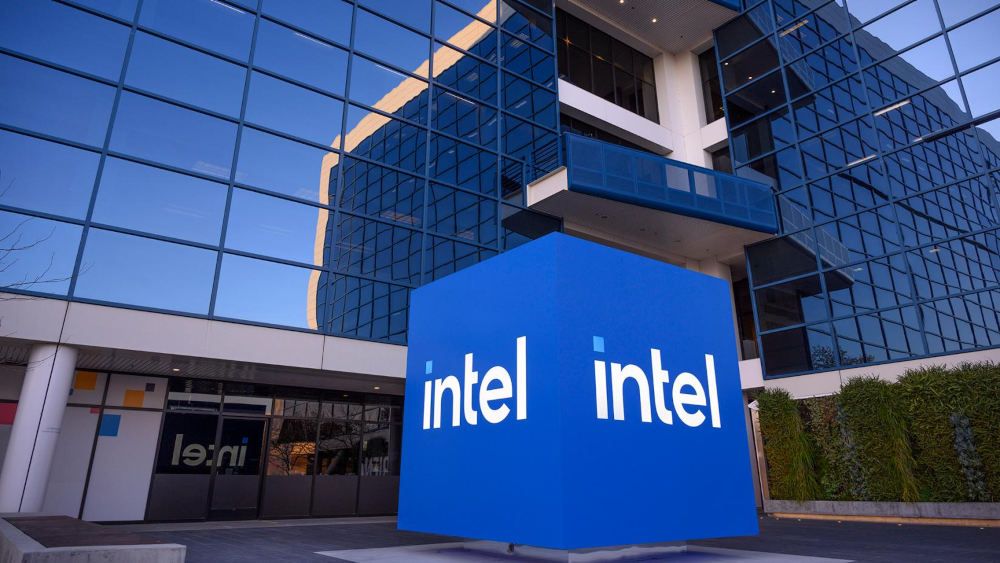 INFRA
INFRA
 INFRA
INFRA
 INFRA
INFRA
Intel Corp. is reportedly planning to lay off up to 20% of the employees at its client computing and data center divisions. Annual savings are the main target for the Intel layoffs in 2023.
Dylan Patel, the chief analyst at market research firm SemiAnalysis, tweeted over the weekend that the two business units will have their budgets cut by about 10%. The move is expected to lead to significant workforce reductions. It’s believed the client computing and data center divisions could each lay off up to a fifth of their respective workforces.
In a statement issued this morning, Intel confirmed that it’s making workforce reductions but didn’t comment on how many jobs will be affected or at which business units will be affected.
“Intel is working to accelerate its strategy while navigating a challenging macro-economic environment,” an Intel spokesperson told Tom’s Hardware. “We are focused on identifying cost reductions and efficiency gains through multiple initiatives, including some business and function-specific workforce reductions in areas across the company.”
The workforce reduction doesn’t come as a complete surprise. Last October, Intel announced plans to cut its expenses by $3 billion this year and realize annual savings of $10 billion through 2026. Shortly after the plan was announced, sources told Bloomberg that the company could lay off thousands of employees as part of the effort.
Intel has already begun cutting jobs at its research and development hub in Folsom, California. Regulatory filings spotted by Tom’s Hardware indicate that the company let go of more than 500 employees at the facility over the past few months. One of Intel’s latest filings suggests that it could announce additional layoffs starting in June.
The Oregonian reported today that layoffs have also hit the company’s workforce in Oregon. It’s believed those job cuts represent a smaller percentage of the company’s local workforce than the layoffs in California. In a related development, Intel recently announced a slew of cost-cutting measures, including reductions to the base pay of some managers and its executive team.
Intel’s push to reduce expenses comes as its top line comes under pressure from slowed chip demand and intense competition. Personal computer shipments fell 29% in the last three months of 2022, according to International Data Corp. In parallel, Intel faces competition from rivals such as Advanced Micro Devices Inc., which debuted its newest laptop chips last week.
Those market dynamics weighed on Intel’s earnings last quarter. The company reported a record first-quarter loss of $2.8 billion on $11.7 billion in revenue, representing a 36% year-over-year decrease. Nevertheless, it managed to meet top analysts’ expectations.
Intel Chief Executive Officer Pat Gelsinger has stated that chip demand is expected to start recovering in the second half of 2023. In April, Samsung Electronics Co. Ltd. expressed a similar view. ASML Holding N.V., one of the world’s leading suppliers of chip manufacturing equipment, has also stated that its customers expect demand to trend upward in the second half of the year.
Alongside the current slowdown in chip demand, another factor weighing on Intel’s earnings is the increased competition from AMD and other market players. The company’s plan to address that competition centers on an internal effort to roll out five new chip manufacturing processes, or nodes, in four years.
In April, Gelsinger sounded an optimistic note about the effort. He told investors that Intel’s next-generation Intel 7 and Intel 4 processes are “essentially done.” Furthermore, the even more advanced manufacturing technology that is set to roll out after the two nodes were described by Gelsinger as being on track.
The Intel 4 process, set to begin mass production in the second half of 2023, represents a particularly important element of Intel’s growth strategy. It’s the company’s first node to use extreme ultraviolet lithography, or EUV, technology. Intel’s competitors rely on EUV machines to make their most advanced chips.
The Intel 4 node also features other innovations. It uses less cobalt in certain components, a change meant to increase transistor longevity. Moreover, Intel claims to have shrunk its transistors by half, which means more can be included in each process to increase performance.
Intel believes that the recovery in chip demand projected for the year’s second half will be followed by long-term growth. Chip spending is expected to reach $1 trillion annually by the end of the decade, according to the company. Intel believes that the foundry services market, a segment it entered a few years ago, will grow to $200 billion during the same timeframe.
THANK YOU